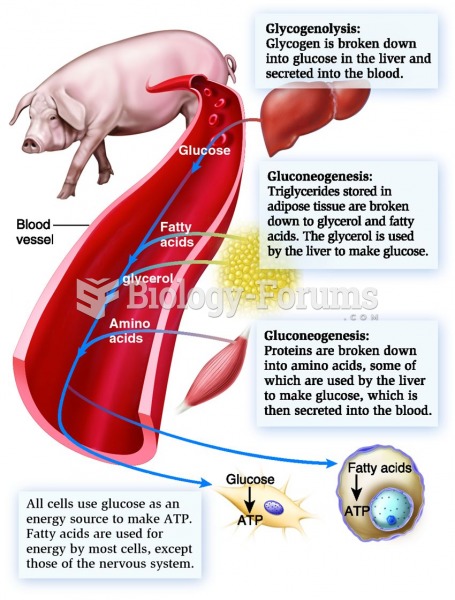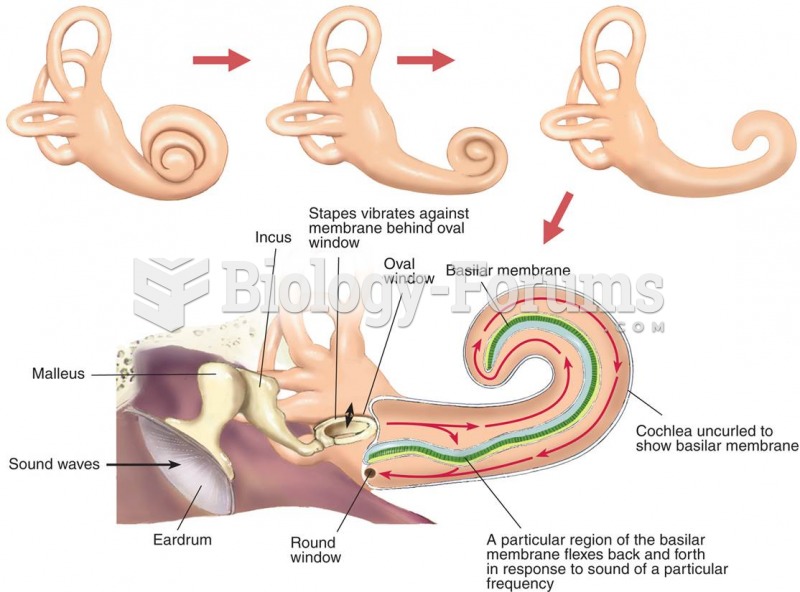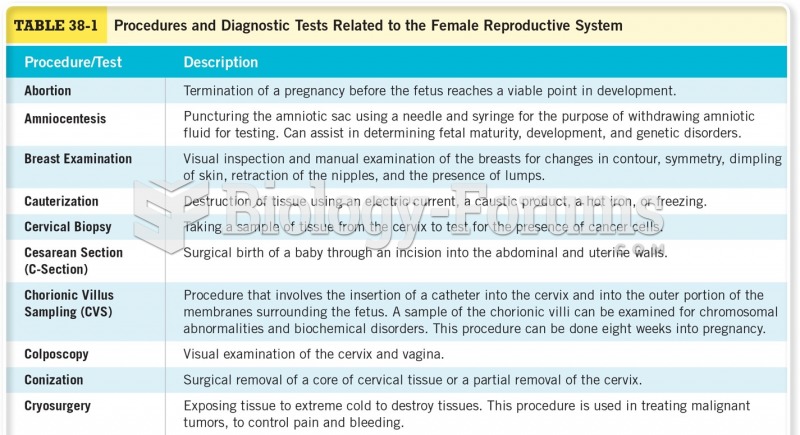Answer to Question 1
TRUE
Answer to Question 2
The term systems development life cycle (SDLC) describes the life of an information system from conception to retirement. The SDLC has four primary phases:
1. Systems planning and selection: The first phase of the SDLC is systems planning and selection. An organization must take care that only those projects that are critical to enabling the organization's mission, goals, and objectives are undertaken. Consequently, the goal of systems planning and selection is simply to identify, plan, and select a development project from all possible projects that could be performed.
2. Systems analysis: The second phase of the SDLC is called systems analysis. One purpose of the systems analysis phase is for designers to gain a thorough understanding of an organization's current way of doing things in the area for which the new information system will be constructed. The process of conducting an analysis requires that many tasks, or subphases, be performed. The first subphase focuses on determining system requirements. To determine the requirements, an analyst works closely with users to determine what is needed from the proposed system. After collecting the requirements, analysts organize this information using data, process, and logic modeling tools.
3. Systems design: The third phase of the SDLC is systems design. It is during this phase that the proposed system is designed; that is, the details of the chosen approach are elaborated. As with analysis, many different activities must occur during systems design. The elements that must be designed when building an information system include the following: (1 ) human-computer interface, (2 ) databases and files, and (3 ) processing and logic.
4. Systems implementation and operation: Many separate activities occur during systems implementation, the fourth phase of the SDLC. One group of activities focuses on transforming the system design into a working information system. These activities include software programming and testing. A second group of activities focuses on preparing the organization for using the new information system. These activities include system conversion, documentation, user training, and support.







